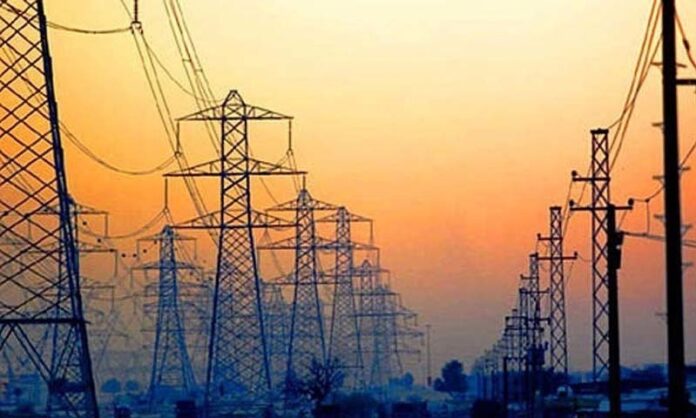Pakistan’s power sector is grappling with a staggering circular debt of Rs2.31 trillion for the fiscal year 2022-23, indicating a worrying Rs57 billion increase compared to the previous year. Despite a recent Rs336 billion decrease in circular debt by June 2023, experts are highlighting that the core structural challenges plaguing the power sector remain unaddressed.
The government’s outstanding payments to power producers have escalated significantly, with liabilities rising from Rs1,351 billion to Rs1,434 billion in FY23. Payables to Generation Companies (Gencos) have also swelled to Rs111 billion, although the debt to Pakistan Holding Limited (PHL) decreased to Rs765 billion in the same fiscal year.
Budgeted but unreleased subsidies saw a significant reduction, dropping from Rs12 billion in FY22 to nil in FY23. Unclaimed subsidies followed a similar trend, decreasing by Rs133 billion in FY22 but falling by Rs70 billion in FY23, which includes the release of Rs21 billion for previous year zero-rated outstanding claims.
Interest charges on delayed payments to Independent Power Producers (IPPs) surged to Rs105 billion in FY22 but saw a slight decline to Rs100 billion by the end of FY23.
Notably, a substantial portion of the circular debt, Rs100 billion was attributed to interest payments to power producers on delayed payments, while an additional Rs43 billion accrued due to interest payments to banks on the amount parked in the Power Holding Company.
To mitigate this issue, the government imposed a debt servicing surcharge of Rs3.23 per unit, thereby transferring the burden of inefficiency to power consumers.
The unresolved disputes over subsidies between the government and K-Electric (KE) have further compounded the circular debt crisis, adding to the mounting debt.




